London smog in winter seems an unlikely inspiration for a painter but the impressionist Claude Monet came three times to the capital for extended visits to see the fog change the light patterns over the Thames.
He had three obsessions, Waterloo Bridge, Charing Cross Railway Bridge and the Houses of Parliament. The first two he painted from fifth- and sixth-floor windows of the Savoy Hotel. On February 23, 1901 as the fog swirled and the sun rose he worked on five canvasses at once and exclaimed: “I cannot begin to describe a day as wonderful as this. One marvel after another, each lasting less than five minutes, it was enough to drive one mad.”
To paint the Houses of Parliament he spent the afternoons across the river in a room in St Thomas’s Hospital. The scene is always the same but in some the buildings are barely visible, all that changes is the colour, light and texture. He claimed: “Without fog London would not be beautiful.”
He returned to France to finish a series of more than 30 paintings, not exhibiting them until 1904; insisting that they should all be seen at once to get the full effect. Sadly with a price tag for just one painting now above £10 million they are unlikely to be seen together again, and since diesel fumes do not have the same magical effect, we are never likely to be able to repeat his experience.
The critics thought the paintings “pure art” and compared Monet to Turner. Satisfied, Monet turned to painting water lilies – something for which he is now better known.
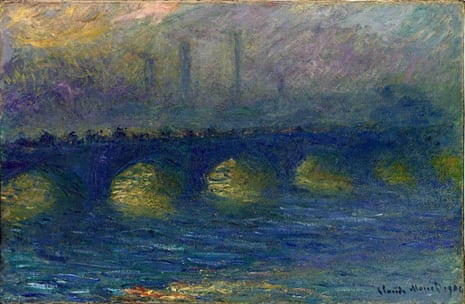
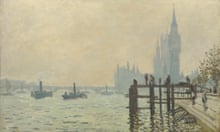



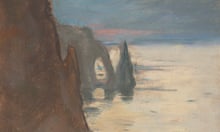
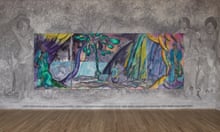

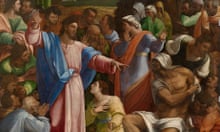
Comments (…)
Sign in or create your Guardian account to join the discussion